Luffa: Eco-Friendly Compostable Sponge
Credit: agricultura.sp
As part of our ongoing goal to reduce our disposable plastics, I've been looking for an alternative to cleaning sponges. Like many households, we were using soft synthetic sponges that would eventually be thrown in the garbage. So after we used our last canary-yellow sponge, I decided to switch to luffas.
You've likely seen these around as a natural alternative to conventional shower loofahs in "crunchy" eco-friendly shops or huddled en masse in a vendor's basket in Chinatown. Luffas (or loofahs) aren't from the sea, as they're often marketed as, but are part of the cucumber family. It's fruit ... from a plant!
L. aegyptiaca and L. acutangula are the two common species with household uses.
Using luffa gourds for scrubbing (as well as eating) is not a new idea as its origins are ancient: luffas been used in Asia for centuries and have migrated throughout many parts of the world. When young and tender, luffas can be harvested to eat. When my mother cooked Vietnamese food, I remember her occasionally making luffa soup (canh mướp), which frankly as a kid, wasn't my favourite.
But leave the fruit to mature and dry, the tough fibres work wonders as a scrub.
Using the Luffa
Curb your expectation: it's not a smooth transition from a super soft sponge to a much stiffer luffa. But personal sacrifices can yield big picture rewards. It'll take some getting used to, but after a bit of time, it's really not so bad. There's also nothing complicated about preparing your luffa for use.
❶ Cut to preferred size:
I cut mine around 2" width into slicers. If you have the option: buy these flattened as they'll take less room in storage. I throw these pieces into the bin in my pantry and rehydrated as needed.
❷ Rehydrate:
It's as simple as leaving it in a bowl of water. These will expand large! At this point I'll either decide to further cut it in half, or leave it as a circular scrubber.
❸ Trim:
Don't be afraid to cut your loofahs into odd shapes, especially if it better suits your hand. I like to cut mine into rectangles as it's a familiar shape to the synthetic sponge I was using. It also makes the transitioning a little easier.
Common Questions
Where Can I buy Luffas?
I buy mine in Chinatown! They are usually abundant and very accessible there. Locally in Toronto, I go to Tap Phong. You can check your local shop, or online.
How long do they last?
It depends on how often you use it, but for the size gourd I have, I imagine for a long time. Since I not only sliced the gourd, I halved it further so I'm left with approximately 28 scrubbers, which I can see being a yearly supply for us. To dispose, we compost it.
Does it Clean well?
Yes! But it does not lather well in my experience. More bubbles don't necessarily indicate a better clean though so it's a non-issue for me. Because the sponge is rough, I find it does a perfectly good job at scrubbing off food particles. The particles also clean off the luffa itself well.
Does it Mold?
Mine doesn't, but I can see this being a possibility in other kitchens. To prevent this, and this applies to all sponges; squeeze out the water well and let it dry on a ventilated surface (not bowls! The drying dish I have works ace).
Is it just for Kitchen Uses?
Nope! This post just showcases how I use it in the kitchen but you can cut your luffa into any size and use it in the shower as well. Puncture a hole and thread some string and you're ready to go. Use a luffa for any application that you may need light abrasion. I'm all about multi-functional objects in the home.
Support my Work by Purchasing an Art Print!
Related Posts:








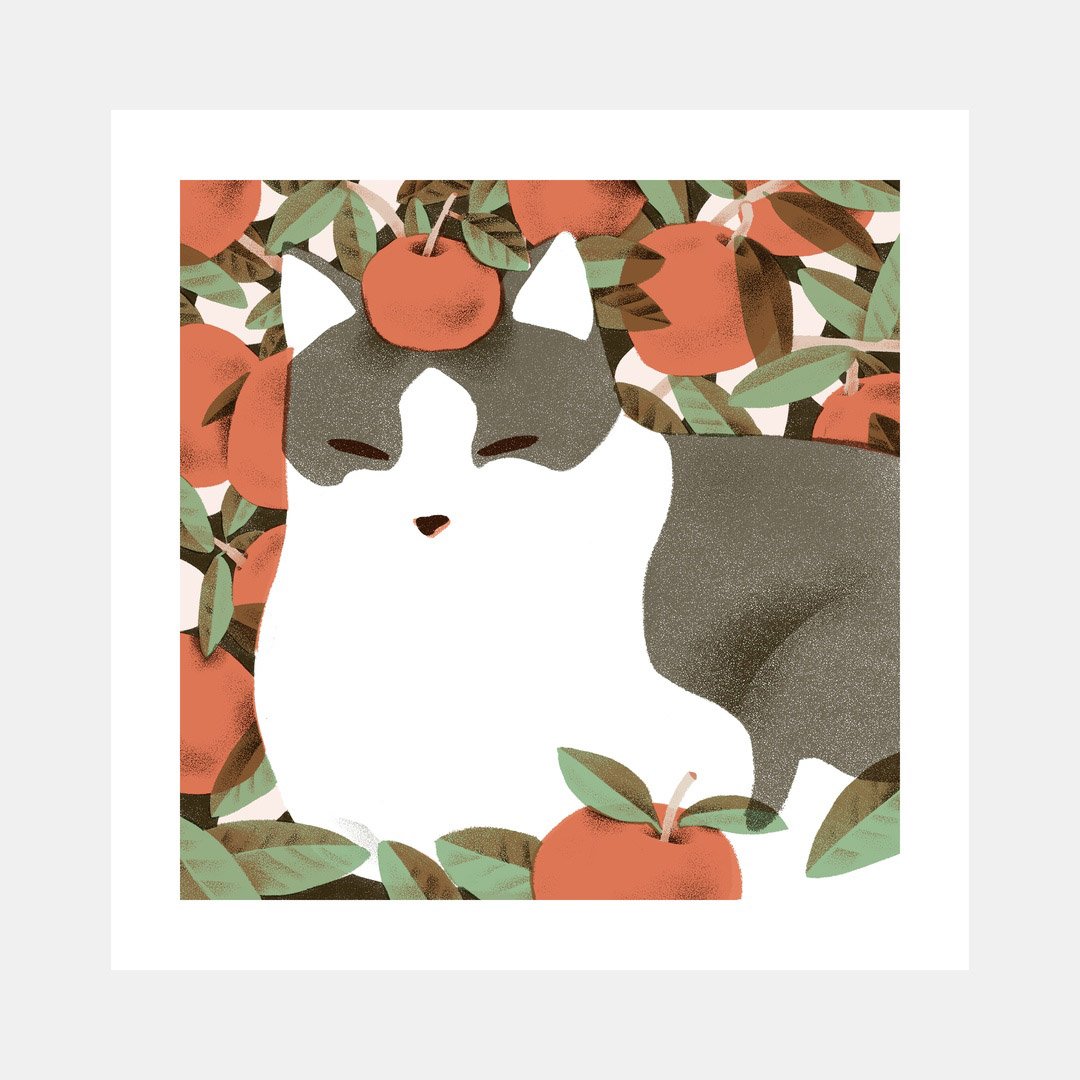
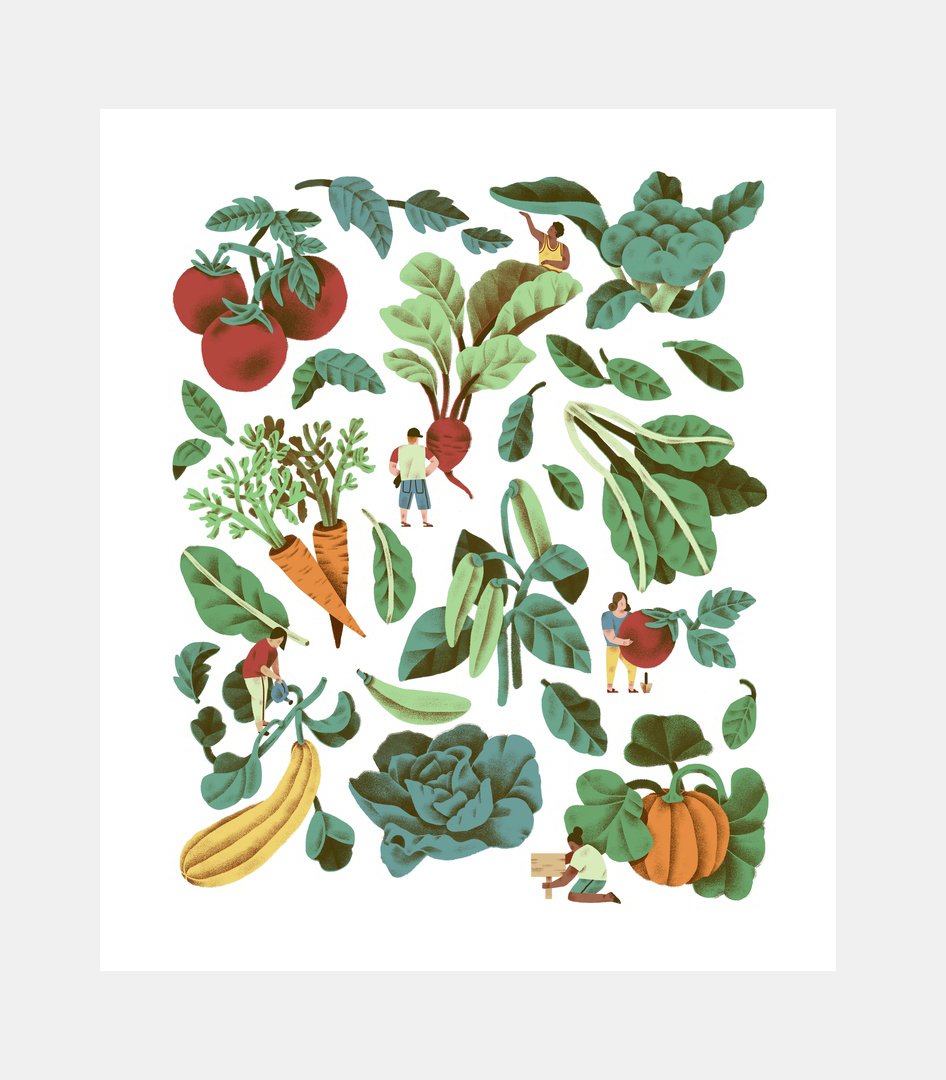
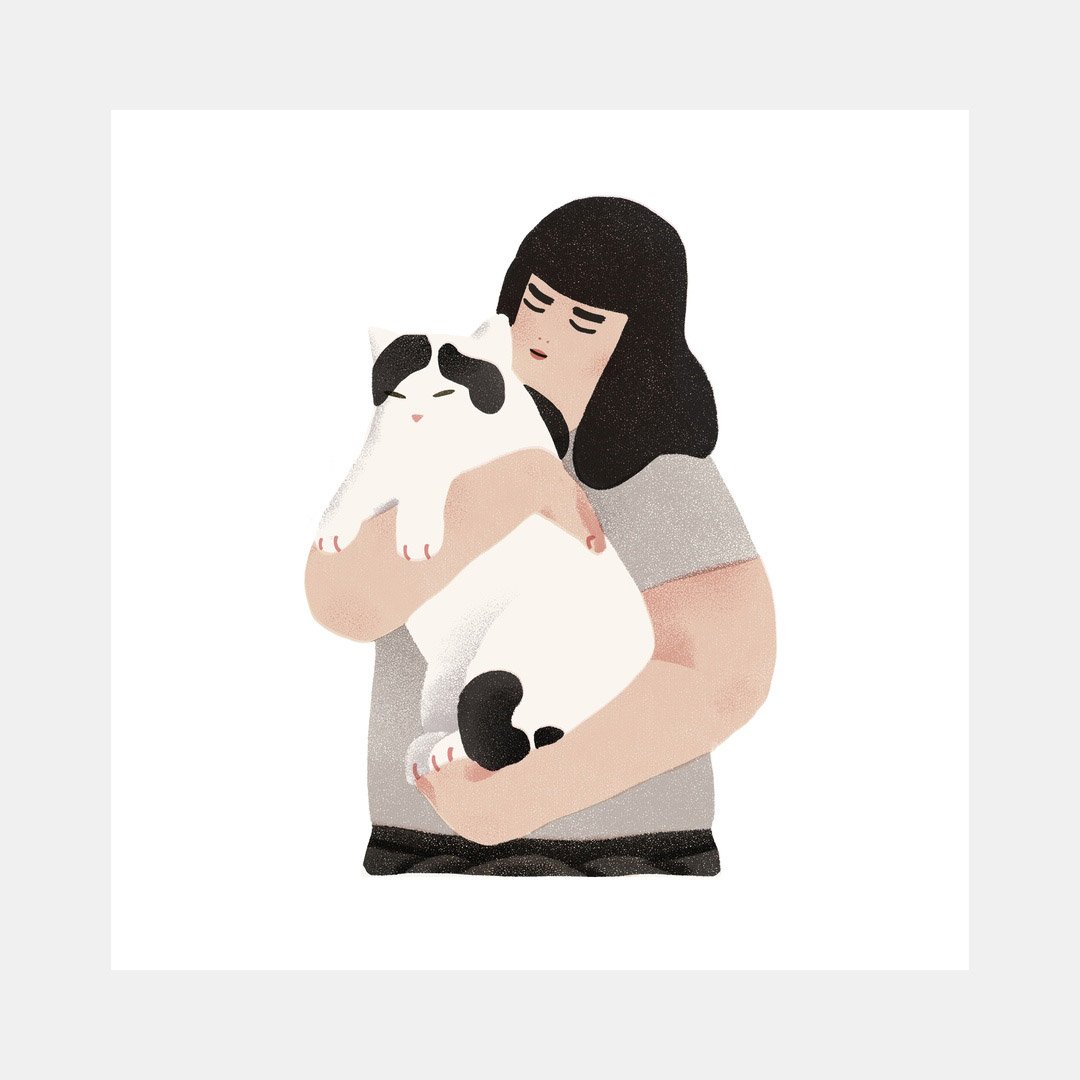
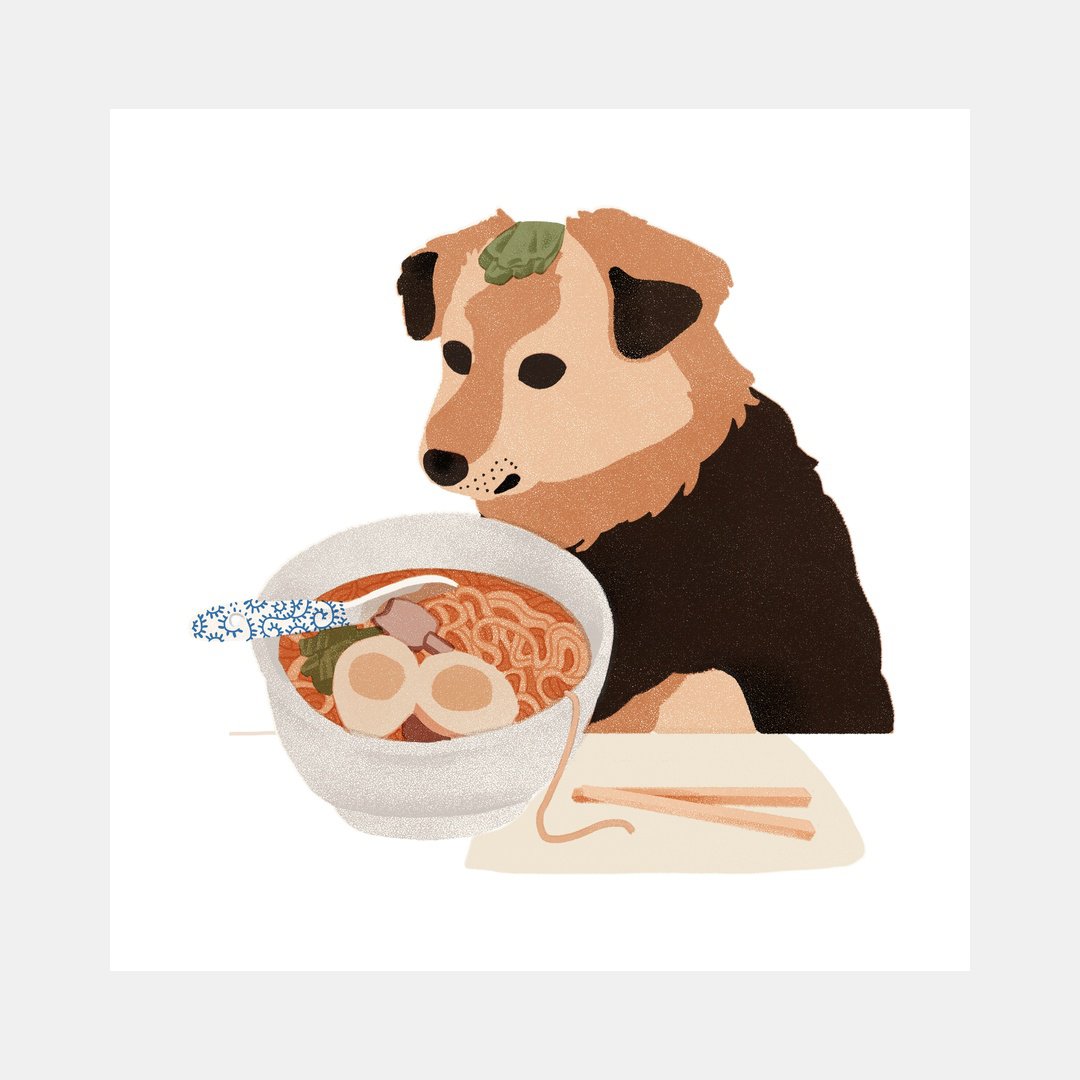
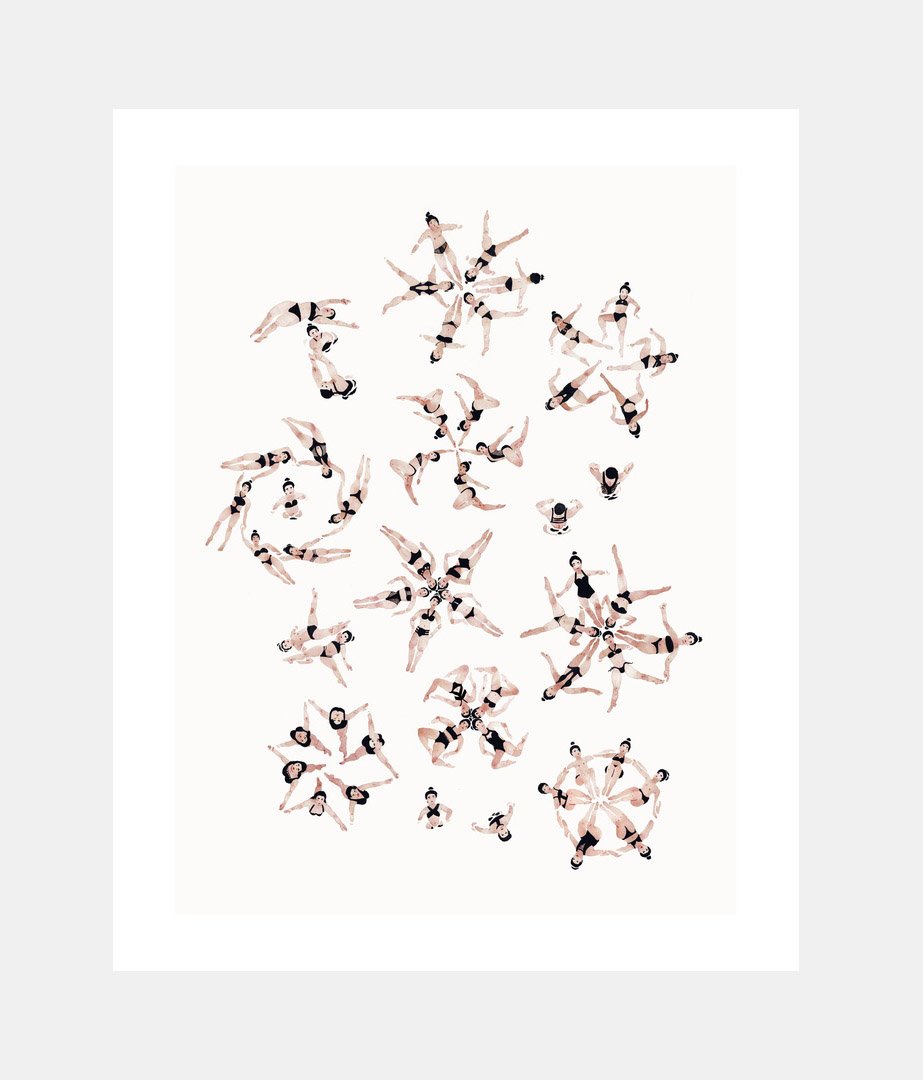






'Jade Cross' Brussels Sprouts are a hybrid seed boasted to have an early maturation period and resilient nature in particularly cold climates.